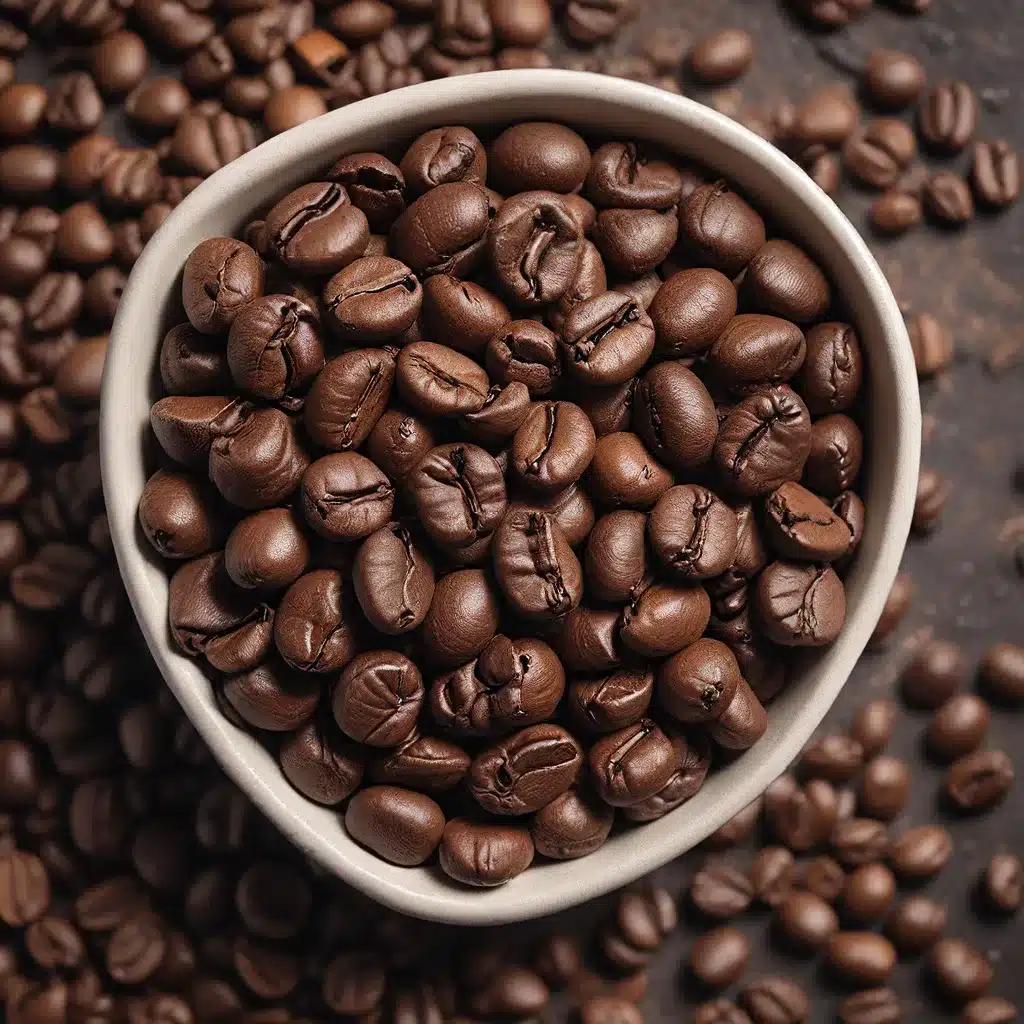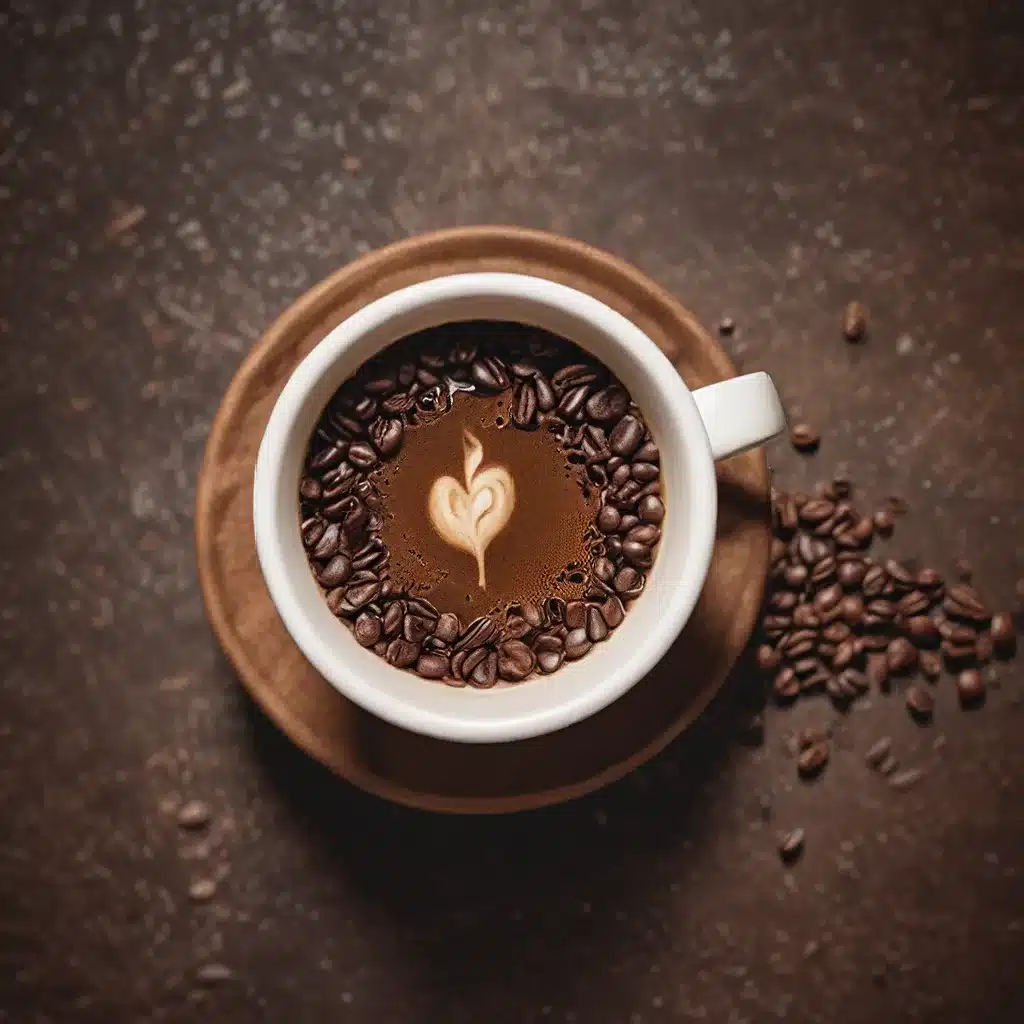
As a self-proclaimed coffee connoisseur, I’ve spent countless hours experimenting with different brewing techniques, exploring the nuances of bean origins, and fine-tuning my palate. And you know what? Even the humble Mr. Coffee machine can become a powerful tool in your quest for the perfect cup, if you know a few tricks.
Let’s dive in, shall we?
Taming the Beast: Optimizing Your Mr. Coffee’s Brewing Process
I’ll admit it – when I first heard the idea of using a Mr. Coffee to brew specialty-grade coffee, I was a bit skeptical. After all, these machines are the coffee world’s equivalent of the Atari 2600 – a game-changer in their time, but seemingly outdated in the age of high-quality whole bean coffee and precision-engineered brewing equipment.
But then I started digging into the science behind coffee extraction, and something clicked. See, the key to a great cup of coffee isn’t just about the beans – it’s about the process. And with a few simple tweaks, you can coax some truly remarkable flavors out of even the most basic of coffee makers.
First things first: cleanliness is next to godliness when it comes to coffee brewing. That means giving your Mr. Coffee a thorough cleaning, both inside and out. Dump that crusty old carafe and rinse it until it’s sparkly clean. Wipe down the hot plate, and don’t forget to give the removable parts a good scrub in the dishwasher (if it’s safe to do so).
As one expert notes, coffee contains natural sugars and oils that can gunk up your machine over time. Keeping it squeaky clean will not only improve the flavor of your brew, but it’ll also help extend the life of your trusty Mr. Coffee.
Now, let’s talk about the water. Clean, fresh water is crucial for extracting the best flavors from your coffee. If you’re in an area with high mineral content or a softened water supply, consider using bottled spring water instead of tap. And for Pete’s sake, don’t use that nasty, coffee-stained carafe to fill up your reservoir – that’s just asking for trouble.
Mastering the Brew Time Conundrum
One of the biggest downsides of the Mr. Coffee design is its lack of control over the brewing time. Most models just keep spraying water until the reservoir is empty, which means your brew time can vary wildly depending on the volume you’re making.
But fear not, my coffee-loving friends – there’s a simple workaround. The key is to only use your Mr. Coffee to brew a single, consistent batch size.
Here’s how you do it:
1. Fill up the water reservoir to the 8-cup line.
2. Without any coffee or filter, turn on the machine and start a stopwatch.
3. When you see the first drops hit the carafe, stop the watch.
4. If the total brew time is around 5 minutes, you’ve found your sweet spot.
From now on, use that same water level and just adjust the amount of coffee to your taste. Start with about 10 grams (or 2 tablespoons) per 5-ounce “Mr. Coffee cup,” and tweak the grind size until you achieve the perfect balance of sweetness and acidity.
As one coffee expert put it, “Five minutes is a good match for most auto-drip methods, especially because the brew water temperature tends to hover between 185 and 200°F during this time frame.” Stick to that five-minute mark, and you’re well on your way to brewing cafe-quality coffee at home.
Mastering the Art of Agitation
Now, let’s talk about a not-so-secret secret that can take your Mr. Coffee brews to the next level: agitation.
See, those basic Mr. Coffee spray heads tend to be a bit, well, haphazard. The water dribbles out unevenly, sometimes concentrating on one side of the grounds and leaving the other side high and dry. This can lead to uneven extraction and some downright funky flavors.
But there’s an easy fix: Grab a spoon and gently stir the grounds halfway through the brew cycle. This helps ensure that the water is evenly distributed, allowing the entire bed of coffee to participate in the extraction party.
By giving those grounds a gentle stir, you’re breaking down that barrier and ensuring the water has access to every nook and cranny. It’s a simple trick, but it can make a world of difference in the final cup.
Hacking the Hacker: Customizing your Mr. Coffee’s Performance
But wait, there’s more! If you really want to take your Mr. Coffee game to the next level, you can even play around with the water temperature.
In other words, by preheating your water before adding it to the reservoir, you can effectively speed up the brew time and potentially tweak the flavor profile even further. It’s a bit of a geeky hack, but if you’re willing to get your hands dirty, the results can be pretty darn impressive.
Of course, you could always just use a good old-fashioned thermometer to monitor the water temperature and make adjustments accordingly. Or, if you’re feeling really adventurous, you could try your hand at modifying the Mr. Coffee itself to give you more precise control over the brewing process.
The possibilities are endless, my friends. So what are you waiting for? Grab your Mr. Coffee, gather your tools, and let’s get to work crafting the perfect cup of joe!
Exploring the Frontiers of Coffee Processing
Now, while we’re on the topic of coffee perfection, let’s take a moment to dive into the fascinating world of specialty coffee processing. Because believe it or not, the journey from bean to brew isn’t just about roasting and grinding – it’s a veritable symphony of techniques and innovations that can profoundly impact the final flavor profile.
One of the most intriguing developments in recent years has been the rise of experimental processing methods. From anaerobic fermentation to carbonic maceration, coffee producers are pushing the boundaries of what’s possible, unlocking new realms of flavor and complexity.
Take, for example, the honey process. In this method, the coffee cherry is dried with the fruit still intact, imparting a rich, syrupy sweetness that simply can’t be replicated through traditional wet or dry processing. Or consider the natural process, where the coffee beans are allowed to dry while still encased in their fruit – a technique that can yield astonishingly bright, fruit-forward flavors.
And let’s not forget about the impact of terroir – the unique environmental factors that can profoundly shape a coffee’s flavor profile. From the high-altitude bean plantations of Ethiopia to the volcanic soils of Indonesia, the where of coffee production is just as important as the how.
As I explore the ever-evolving landscape of specialty coffee, I’m constantly in awe of the innovative spirit that drives this industry. It’s a world of perpetual discovery, where the pursuit of the perfect cup is an endless, captivating journey.
Who knows what the future holds? Perhaps we’ll see the rise of robotic coffee harvesters that can pick the cherries with unparalleled precision. Or maybe advanced fermentation techniques will unlock an entirely new dimension of flavor. The only thing I know for certain is that the world of coffee is a dynamic, ever-changing realm, and I can’t wait to see what wonders it has in store.
So, my fellow coffee enthusiasts, let’s raise a cup to the art of coffee processing – the unsung hero that transforms humble beans into liquid gold. And let’s remember that even the most basic of coffee makers can be a powerful tool in our quest for the perfect brew, if we’re willing to put in a little elbow grease and a whole lot of passion.















